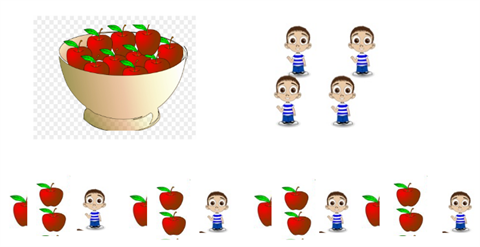
PUMPA - SMART LEARNING
எங்கள் ஆசிரியர்களுடன் 1-ஆன்-1 ஆலோசனை நேரத்தைப் பெறுங்கள். டாப்பர் ஆவதற்கு நாங்கள் பயிற்சி அளிப்போம்
Book Free DemoIn previous classes we studied about whole numbers and integers, now we will learn about rational numbers.
Before that you should know why you should study about rational number.
Let us see an example, how we are using the natural number, whole number and integer in our day to day life.
Numbers | Limits | Applications |
Natural numbers | All the positive numbers start from \(1\) and excluding zero. | To measure the total population, total countries, number of house in your surrounding, etc. |
Whole numbers | All the positive number and including zero. | To calculate age, dates, and this also covers the same application of natural numbers, etc. |
Integer | All the positive and negative number, including zero. | All the financial transaction, to do the arithmetic operation, to measure the depth of the sea, to measure time and temperature, etc. |
Rational number | Fractional number, all the positive and negative number, including zero. | We are using rational numbers in varies fields. For example: 1. Interest on savings accounts. 2. While dividing cake or pizza among friends and families. 3. All the fractional calculations that we do, etc. |
Now we understood the application of all the number systems we studied. Now let us learn about rational numbers.
Rational numbers:
A number that can be expressed as \(a / b\), where \(a\) and \(b\) are integers and \(b ≠ 0\) is known as a rational number.
Example:
1. \(-2/3\)
2. \(6/7\)
3. \(-3/1\)
Important!
Any number divided by \(0\) is not a rational number.
For example, \(4/0\) is not a rational number. Hence it is an undefined number.
If there are \(10\) apples to be divided for \(4\) children, it is not possible to give \(3\) complete apples to each one. But, if we cut \(2\) apples into half, then there will be \(4\) half pieces and \(8\) full apples. So each child would get \(2\) full and \(1\) half piece of apple.
